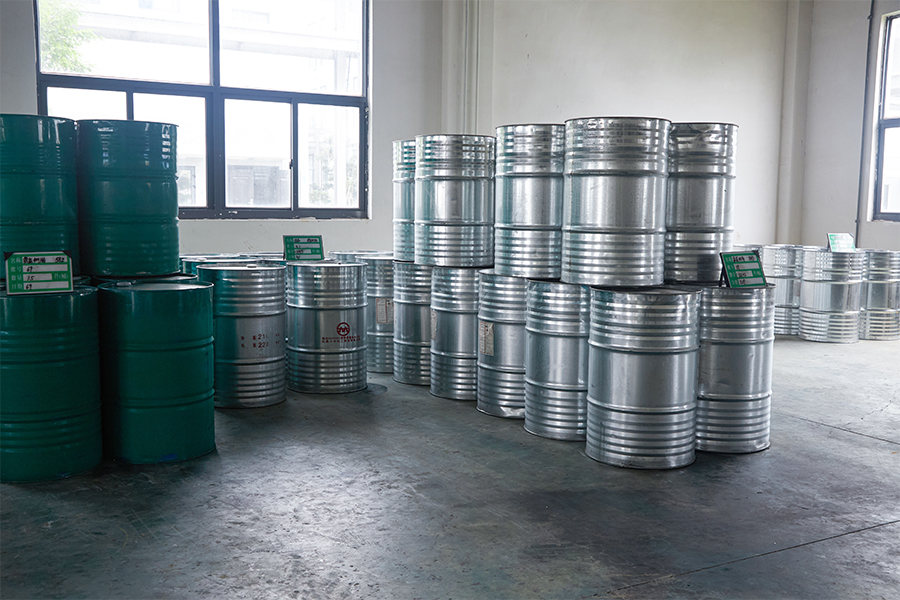As a plastic paint manufacturer and coating manufacturer, Chenchong New Materials is now integrating AI‑powered additive systems to deliver coatings that adapt to individual client needs—whether for color, mechanical performance, or climate‑specific durability. Our commitment to precision chemistry meets next‑generation digital tools to ensure every batch is fine‑tuned for good results.
1. Why AI‑powered additives matter
1.1 From broad formulas to tailored performance
Traditional additives are pre‑blended into fixed packages, leaving limited room for adjustment. But with machine learning models trained on raw material properties, environmental stress data, and customer feedback, each additive can now be dose-tuned to meet a specific set of performance objectives—gloss, flexibility, heat reflection, corrosion resistance, or abrasion tolerance.
1.2 Faster innovation, fewer experiments
Industry studies show AI platforms like Citrine are shrinking formulation cycle times by more than 50 %, rapidly proposing substitute ingredients and even reformulating for new compliance standards, such as non‑PFAS or low‑VOC alternatives. Similarly, recent innovation in coating and ink R&D shows AI reducing hundreds of experiments into just ten or fewer trials—especially effective when paired with data from cloud‑based quality control systems.

2. What “AI‑powered additives” actually means
2.1 Predictive modeling for additive sequencing
Using predictive AI, developers feed hundreds of past formula variants—alongside coating thickness, curing temperature, surface prep, and final film performance—into an algorithm. The model predicts which additive combination is more likely to achieve the target outcome, cutting straight to high‑confidence candidates for lab testing.
2.2 Generative AI and smart dosing tools
Generative models can propose entirely new additive packages—interpolating between proven solutions and optimising for multi-dimensional targets like color, texture, weathering, and cost. A recent study deploys Markov Chain Monte Carlo methods to search wide formula space for cost‑effective, L*ab‑paired colorant systems in water‑based acrylic paints—offering a roadmap for polymer additive personalization.
2.3 Real‑time adjustment during production
Devices integrated into coating lines can now adjust photoinitiator or UV‑absorber additives in real‑time based on optical or thickness feedback to ensure each meter of coated coil meets spec—even as raw input materials vary batch‑to‑batch.
3. How Chenchong leverages AI additives for personalization
3.1 Flexible binder systems
With our R&D capabilities and high‑capacity lab, we input our SDPE, HDPE, and low‑VOC acrylic binder variants into AI platforms to learn how small changes in crosslinker level or stabilizer dosage alter bend‑flexibility or gloss retention. This allows us as a coating manufacturer to deliver 0T bend grade polymer with enhanced weather resistance while preserving a low carbon footprint.
3.2 Custom pigment and additive packages
Customers requiring coastal durability, anti‑static finish, or antibacterial properties now receive coatings pre‑adjusted with pigment, fillers, and additive blends tuned for local UV index, salt‑spray exposure, or indoor air‑handling compatibility.
3.3 Dynamic color and shade management
To reduce color drift, our systems regularly pull spectral data and compare it to a virtual reference; AI algorithms then recommend minor pigment mix adjustments (on the order of < 0.1 %) for consistency.
4. Real-world applications for additive personalization
Here, AI isn’t just suggesting changes—it is guiding each additive to make the end result adapt to use case and climate before the substrate ever enters the coating line.
5. Key advantages of AI‑driven additive personalization
Speed to market: rapid formulation closures (days instead of weeks)
Material savings: on average 10–15 % fewer additives required per blend
Consistency: minimized nuisance variability across batches
Adaptability: responsive to regulatory shifts (e.g. PFAS removal, pigment restrictions)
Sustainability: models can weight eco‑impact (VOC content, carbon footprint) in each decision tree.
To learn more about how we customize coating systems using AI-enabled additives, or to request a dose‑calibration for your product line, please contact our technical development team today.


 English
English русский
русский Español
Español Português
Português عربى
عربى
